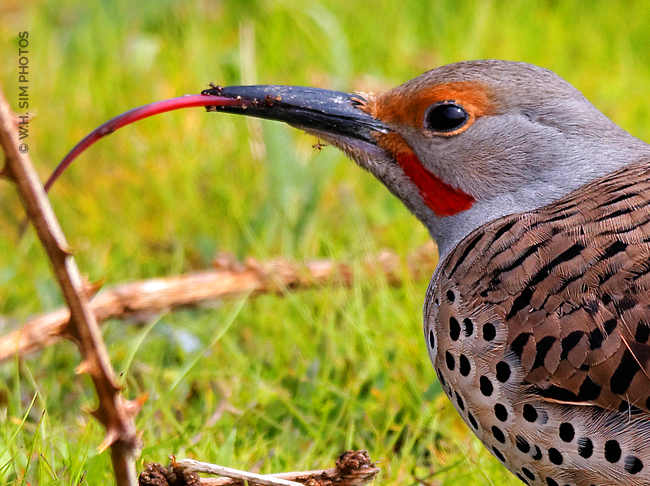 |
| A "praying" mantis, giving thanks! |
The Sharing Gardens is a hub of giving and receiving. People give what they can and receive what they need. We give thanks to those who continue to contribute to and support the program; we couldn't do it without you!
Last month we received three cash donations, totaling $145. Much of the project runs on donations of materials and labor but, as we all know, you can't fill your gas tank by trading a basket-full of tomatoes! Thanks to Rob and Elisa, Cecilia and Dave Gore and Cathy Rose.
Rob and Elisa are a married couple that have bought land near-by. This is their first experience at 'homesteading' and they are enthusiastic about growing food, harboring wildlife and moving towards a more sustainable lifestyle. We always enjoy their participation in the gardens, especially knowing that much of the knowledge and experience they gain, they're able to go home and put into practice.
 |
| Chris and Rob planting Fava beans in the greenhouse. Since this pic was taken, we've had several days in a row that never got above freezing and the beans died. This is why Chris is always saying, "Plant for all contingencies"! |
 |
| Elisa - harvesting raspberries. |
 |
| That's Jen in the pink tie-dye shirt. |
Cecilia and Dave Gore (not pictured), besides making a cash donation, have become seed-distributors for the Sharing Gardens. We gave them a huge batch of seeds to share, some we'd saved ourselves and some commercial varieties that had been donated to the project. They have been taking the seeds to many gatherings in Corvallis and doing their best to find good homes for them! Grow seeds!
 |
| Well-pipe makes good fence-posts. |
Long-time friend and participant, Jen Revais (above), donated about 200-feet of well-pipe.
This heavy-duty metal pipe has many uses for us including fence-posts
and trellises.
Thanks go to Dorene Wolfe, whose daughter Dina is the pastor at the church that shares a parking lot and property-line with the Sharing Gardens. Dorene is a can-do lady and took the initiative to rake leaves all around the church grounds and cart them over to our pile. We don't have a picture of Dorene but here's the view we have of the church from our front yard (below).
 |
| Growing in partnership with our neighbor - the United Methodist Church. Love those leaves! |
Our last round of thanks goes to all the wild-critters who have come to make the Sharing Gardens their home. You enhance our life with your funny antics and help keep things in balance by playing your parts in the great web of life. These first few pics were all taken here at the Sharing Gardens.
 |
| Pregnant preying mantis. We see egg-cases frequently on wood-piles and fence posts. |
 |
| Baby "Racer" snake. We saw one that was easily four-feet long near one of our greenhouses. |
 |
| We grow some pretty big earthworms too! |
We don't have any good pictures of the birds and mammals that live in and around the Sharing Gardens; our camera just isn't good enough to zoom in on them at a distance. But here's a story about the flicker family who comes daily to our feeder. We've seen as many as five flickers at a time in the upper branches of our walnut tree and one or two come regularly to our feeder. They seem to enjoy the millet we provide (purchased in the bulk-foods section, it's much less expensive than buying it as "bird-seed mixed with other ingredients). I've watched them with binoculars and they feed by extending their sticky tongues, coating them with millet seeds and retracting their tongues full of the yummy nibbles.
 |
| Flicker with tongue extended; they're in the woodpecker family and love eating ants. Photo credit: W.H. Sim LINK |
The flickers are the only birds at our feeder who aren't intimidated by the scrub jays. Though the juncos and sparrows are far smaller than the flickers, they all feed happily side-by-side.
 |
| Western Scrub Jay - though "bullies" at the feeder, they play an important role in planting nut trees. They probably plant the majority of walnuts and hazelnuts around our land in the leaves and straw we use as mulch. If they're planted in good spots, we nurture them along for future nut crops. Photo credit |
It
is one of the most beautiful compensations of this life that no man can
sincerely try to help another without helping himself.
--Ralph Waldo Emerson












No comments:
Post a Comment
Thank you for taking the time to leave a comment. We welcome your reflections and questions.